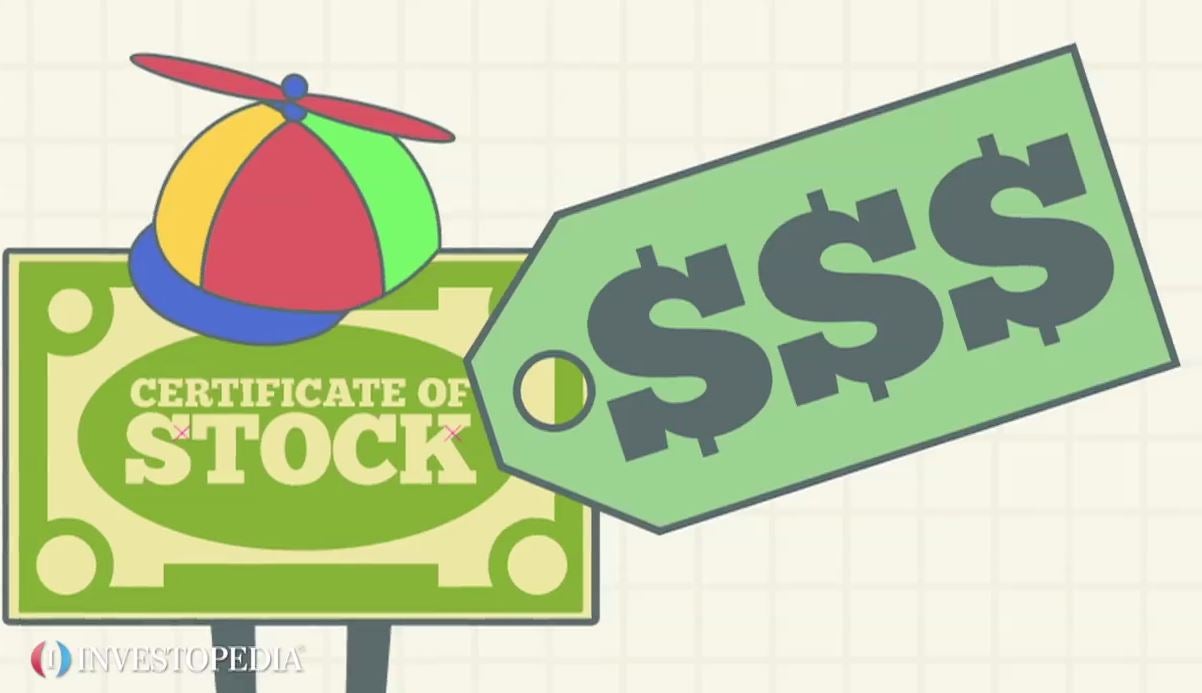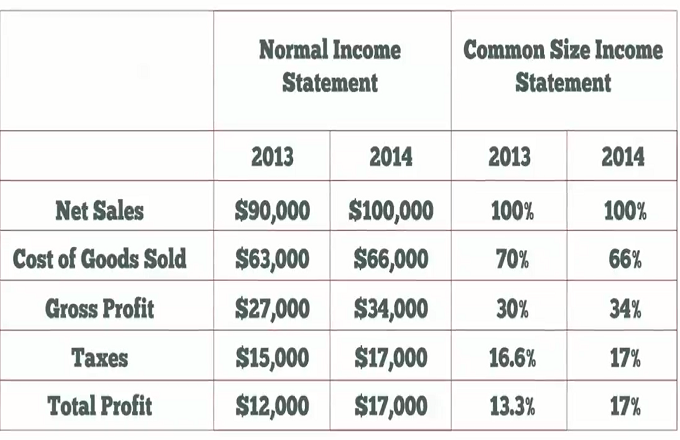Class B shares are one classification of common stock issued by corporations. Typically, Class B shares come with fewer voting rights than Class A shares, but that’s not always the case.For example, an investor buys a Class A share of stock in ABC Corporation, and a Class B share in the same company. The Class A share may come with five voting rights, whereas the Class B has one. Sometimes, the voting rights can be switched around. Companies will try to disguise the disadvantages that come with owning shares that contain fewer voting rights by calling those shares Class A. Sometimes a different share class will have a lower dividend priority as well. Since there are no standard rules that define how Class A and B shares should be described, investors need to research a company’s classes of stock to understand what they’re purchasing. Some companies may issue only one class of stock shares. When some companies go public, they issue a different class of common stock that is only available to founders, executives or other large stakeholders. Such a move can provide more power to certain individuals within a company, and help protect it from takeovers or similar events.





